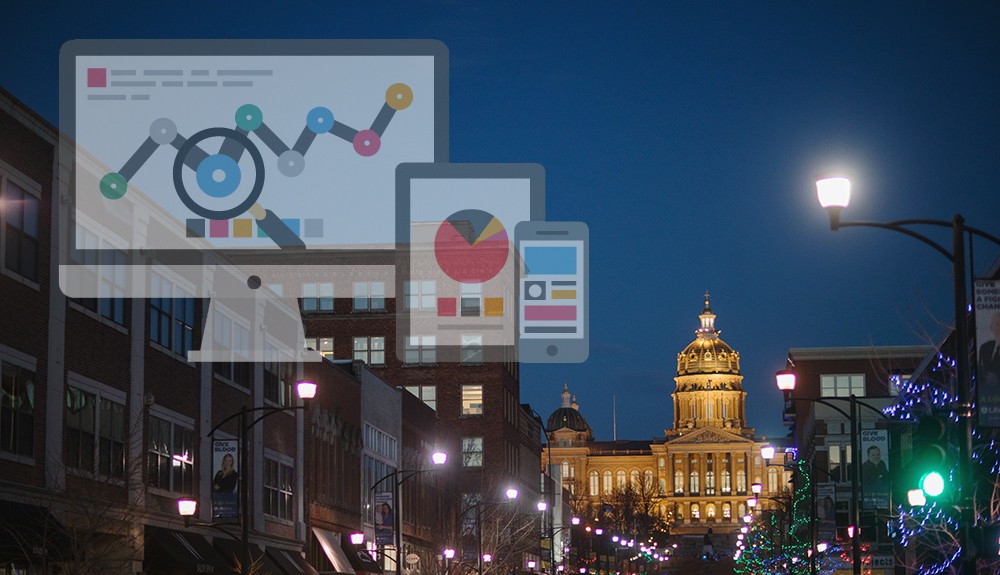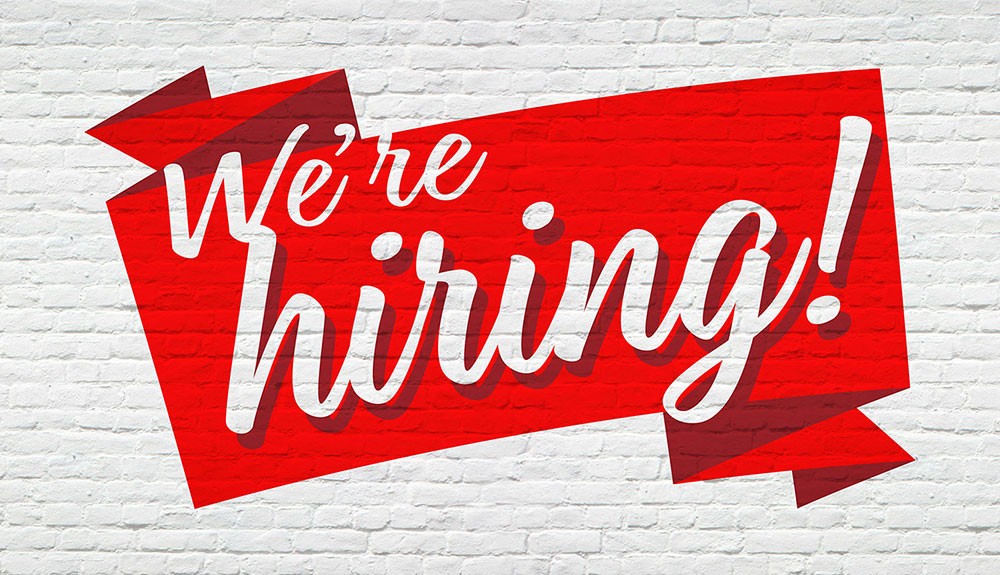Social Media Sanfus: Making Connections on LinkedIn
I hate to be the bearer of bad news, but someone has to tell you: You’re using LinkedIn completely wrong.
It’s not your fault. A friend or mentor or coworker may have pushed you towards it without explaining what it is or what it does. All they said was, ‘You have to get on LinkedIn.’
So let’s set the record straight. LinkedIn can be likened to Facebook for professionals.
You don’t have friends on LinkedIn. You have connections, making LinkedIn a much more business-oriented social platform.
Your value is much more apparent on LinkedIn than any other social network. You let people endorse you for skills or recommend you as an employee or team member. Your work history is much more prominent. And your personal contact info is readily available.
As a result, connection requests (akin to a friend request on Facebook) become a delicate dance. Are you going to let just anyone see this information?
When it comes to LinkedIn, for me, there is really one thing you shouldn’t do and another thing you always should.
The one thing you should not do when sending connection requests
“I'd like to add you to my professional network on LinkedIn.”
Nothing is more maddening to me than receiving a generic LinkedIn connection request – especially from someone I’ve never met. Those 11 words form one vague sentence that lacks a crucial bit of information.
Why?
Why do you want to add me to your network? Do you have a new project Visionary might be able to work on?
Are you interested in learning more about the various organizations I have been involved with?
Are you a student or recent college graduate looking to connect with local professionals and learn about getting started in my particular industry?
Did you like something I posted in a LinkedIn group we are both in?
Let me know why you want to connect in your message. Otherwise, I can only assume you are looking to push your connections tally closer to that 500+ threshold.
It should be noted that LinkedIn users don’t always have the ability to customize the message they send out with connection requests. Sending requests through the iPhone app is one example.
As soon as you press the button with the user icon and the plus symbol or the big blue connect button, the request is off.
In these cases, the onus is on the person receiving the request to do a little follow up, which you should be doing anyway if you get a connection request from someone you don’t know.
Making connections on LinkedIn is a two-way street
If you get tired of random people sending you connection requests, I’ll let you in on my personal philosophy: I do not accept connection requests from people I have never met in person or communicated with in some way.
I have even put this in the summary section of my profile. However, I also mention that if someone new wants to meet for lunch or coffee that should be written in the request message.
Wait, didn’t you just point out that LinkedIn users don’t always have an opportunity to write custom messages when they send a connection request?
Sometimes you just have to throw your personal philosophies to the wind. When I get a generic connection request, I have a go-to follow-up message, borrowed from Mr. Brad Ferris who wrote the original version in an article titled “How to Respond to Random LinkedIn Connection Requests.”
It’s perfect because you give the person an opportunity to make that personal connection they may not have been afforded earlier on. If the person who sent the request is genuine, you’ll get a reply.
You should always follow-up when you get a connection request. Even if it’s from a colleague you worked with ages ago, ask him about his life and what he is doing now. You never know how someone might be able to help you in your career.
Are you on LinkedIn? What are your thoughts? If you’d like be updated on other Visionary news, be sure to follow us on LinkedIn at linkedin.com/company/visionary-services-inc-



